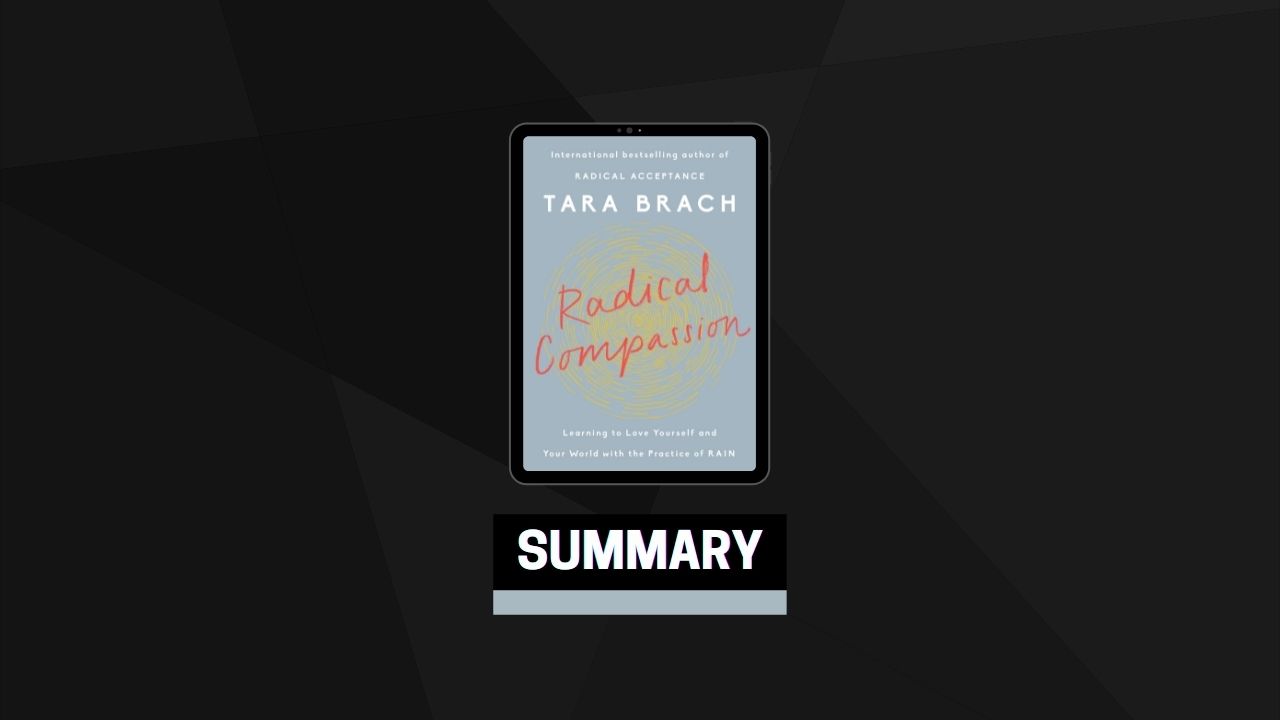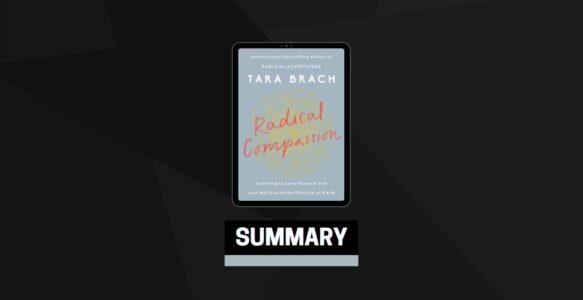RAIN Creates a Clearing
We all get lost in the dense forest of our lives, entangled in incessant worry and planning, in judgments of others, and in our busy striving to meet demands and solve problems. When we’re caught in that thicket, it’s easy to lose sight of what matters most. We forget how much we long to be kind and openhearted. We forget our ties to this sacred earth and to all living beings. And in a deep way, we forget who we are.
The good news is that we all have the capacity to free ourselves. When we are lost in the forest, we can create a clearing simply by pausing and turning from our clamoring thoughts to become aware of our moment-to-moment experience. Tara calls this wakeful and immediate awareness “presence.
The four steps of RAIN— Recognize, Allow, Investigate, Nurture—will be our tool for arriving in presence. Simply put, RAIN awakens mindfulness and compassion, applies them to the places where we are stuck, and untangles emotional suffering. It is easy to learn the basics, and you can begin to use the steps right away. RAIN creates a clearing in the dense forest, and in this clearing you can recover your full heart and spirit.
The First Two Steps of RAIN
Between the stimulus and the response there is a space, and in that space is your power and your freedom. – VIKTOR FRANKL
The deepest transformations in our lives come down to something very simple: We learn to respond, not react, to what is going on inside us. What happens, for example, when something triggers our anger or anxiety? If our habit is to react by turning on ourselves, or by blaming or hurting other people, or by feeling victimized, we are adding to the suffering of trance. But if instead we awaken a mindful presence with the first two steps of RAIN—Recognize and Allow—we are on a path that frees our hearts.
RAIN: Recognize
Recognition starts the minute you focus your attention on whatever thoughts, emotions, feelings, or sensations you are experiencing right now. The key question here is this: “What is happening inside me?” See if you can take the perspective of a nonjudging witness, and be curious! Take some time to notice whatever attracts your attention. There may be distressing thoughts, anxious feelings, hurt, confusion, or sorrow. Try to let go of any preconceived ideas and just listen in a kind, receptive way to your body and heart. You don’t have to search. Simply become still and notice whatever is going on.
Sometimes you’ll discover a whole swirl of experiences: confusion, anger, racing thoughts, anxiety. That’s fine, just note any part of the cluster that stands out. There are other times when you may start out feeling numb or empty. In fact, these are emotional states, too. Simply name them: “empty,” “numb.”
Recognizing is the first step of awakening from trance. It may take only a few moments, but it is crucial. You’re lifting your head above the waves of fear or anger; you’re becoming a witnessing presence.
RAIN: Allow
Allowing, the next step, asks you to “let be” whatever thoughts, emotions, feelings, or sensations you have just recognized. You initiate it by gently asking, “Can I be with this?” or “Can I let this be?” It’s natural to feel resistance at this point—you wish some of those feelings would go away! Allowing can include the reality of your “no”—the fact that you really hate the way you’re feeling.
Pause as the thoughts and emotions continue to unfold, without trying to control them or doing anything to resolve them. You may feel a strong urge to start analyzing and fixing things. You need to let that be as well. This is a time to let your awareness include everything that is going on inside you.
While Allowing doesn’t necessarily reduce unpleasantness, it radically shifts our relationship to pain in a way that reduces suffering. Imagine the difference between pouring a cup of dye into a sink full of water and pouring the same amount into a lake. Allowing expands us in a way that enables us to include, not fight, physical and emotional pain. Psychologists call this “affect tolerance.”
Remembering this potential for healing helps you say yes to the reality of this moment. Together, Recognizing and Allowing enable a shift from a constricting trance to a more awake, spacious presence that can eventually include all of life. It is from this mindful awareness that you will discover fresh, creative, and more compassionate responses to life’s challenges.
The Last Two Steps of RAIN
Life is this simple: we are living in a world that is absolutely transparent and the divine is shining through it all the time. This is not just a nice story or a fable, it is true. – THOMAS MERTON
RAIN: Investigate
Investigate with a gentle, curious attention. Bring an interested and kind attention to your experience. Some of the following questions may be helpful. Feel free to experiment with them, varying the sequence and content.
- What is the worst part of this; what most wants my attention? What is the most difficult/painful thing I am believing?
- What emotions does this bring up (fear, anger, grief)?
- Where are my feelings about this strongest in my body?
- What are the feelings like (that is, the felt sense or sensations, such as clenched, raw, hot)?
- When I assume the facial expression and body posture that best reflect these feelings and emotions, what do I notice?
- Are these feelings familiar, something I’ve experienced earlier in my life?
- If the most vulnerable hurting part of me could communicate, what would it express (words, feelings, images)?
- How does this part want me to be with it?
- What does this part most need (from me or from some larger source of love and wisdom)?
Many initially see “Investigate” as an invitation to fire up their cognitive skills—analyzing the situation or themselves, identifying the many possible roots of their suffering. This is a common misunderstanding, and it can distract from the essence of Investigation—awakening our somatic awareness. While mental exploration may enhance our understanding, opening to our embodied experience is the gateway to healing and freedom.
Instead of thinking about what’s going on, keep bringing your attention to your body, directly contacting the felt sense and sensations of your most vulnerable place. Once you are fully present, listen for what this place truly needs to begin healing.
RAIN: Nurture
Nurture with loving presence. As you sense what is needed, what is your natural response? Calling on the most wise and compassionate part of your being, you might offer yourself a loving message or send a tender embrace inward. You might gently place your hand on your heart. You might visualize a young part of you surrounded in soft, luminous light. You might imagine someone you trust—a parent or pet, a teacher or spiritual figure—holding you with love. Feel free to experiment with ways of befriending your inner life—whether through words or touch, images or energy.
Discover what best allows you to feel nurturing, what best allows the part of you that is most vulnerable to feel loved, seen, and/or safe. Spend as much time as you need, offering care inwardly and letting it be received.
After the RAIN
The four steps of RAIN involve active ways of directing our attention.
In After the RAIN, we shift from doing to being. The invitation is to relax and let go into the heartspace that has emerged.
Rest in this awareness and become familiar with it; this is your true home.


